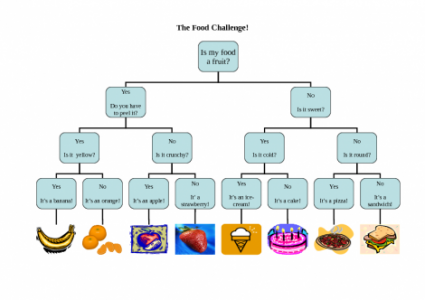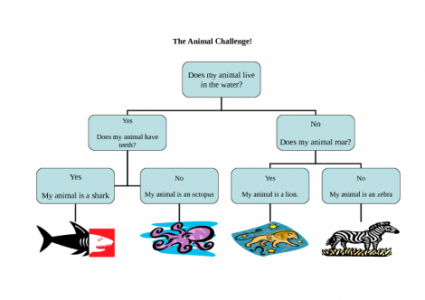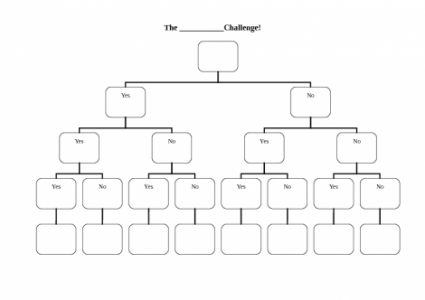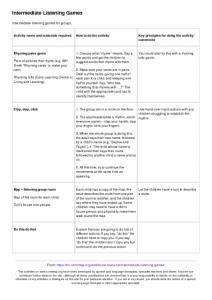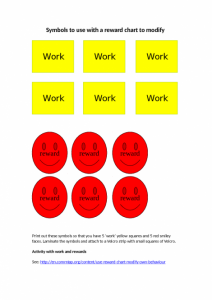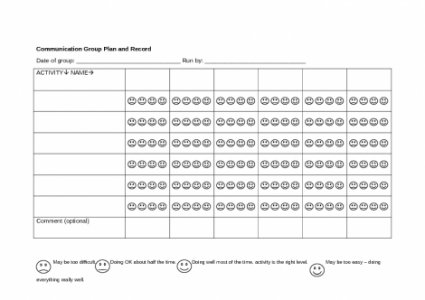Search
User login
Topic “Secondary (11-16yrs)”
Secondary school age (11-16 years)
The Animal Challenge
Created 15 May 2012; updated 18 July 2015.
Blank 3 question challenge
Template for creating questions using a flowchart: see https://en.commtap.org/language-communication/develop-question-skills for ideas as to how you could use this.
Created 15 May 2012; updated 16 July 2015.
Intermediate Listening Games
Intermediate listening games for groups.
Word Web Resources
Resources on this site for using word webs:
Symbols - overview and sources
Symbols, communication symbols or picture symbols, are a powerful and systematic support for communication.
Description
Communication symbols are sets of images which represent words and concepts in a language in a consistent way. They are designed for use with people having difficulties accessing text and for those with communication difficulties.
They can be used with:
Games and activities to help develop social skills
It can be difficult for some children to identify and understand social cues. To help develop the social growth of these children, there are lots of fun ways to help improve their social skills.
Games and activities to help develop social skills
Created 2 May 2012; updated 23 March 2022.
Coloured symbols for work and reward
Created 23 April 2012; updated 16 July 2015.
Prepositions
Prepositions are words which show the relationship between a noun (e.g. "cat") or a pronoun (e.g. "she") and other words in the sentence. For example, "My cat is on the table", "I went with Mike to the cinema". Prepositions can indicate relationships in time and position as well as other types of relationships. Information about prepositions (about.com).
Smiley face group progress sheet
Quick therapy/lesson evaluation sheet - using a rating scale of four smiley faces.
The idea is for the child/person to evaluate themselves in terms of how well they were able to do the activity. This helps the person running the activity to select harder or easier activities as time progresses - keeping them at a level where there is generally a high degree of success.
Created 16 February 2012; updated 16 July 2015.
Support Commtap to keep it online
Thank you for visiting Commtap.
Please read this message as it is extremely important.
- Visitor donations mean we can continue to host over 1,000 free activities to support speech, language, and communication development.
- Visitor donations mean we can continue to provide free resources to address a wide range of communication needs, including limited speech or language, interaction challenges, and needs associated with conditions such as developmental language disorder, autism, and cerebral palsy.
- Visitor donations mean we can continue to provide resources to support the work of speech and language therapists, teachers, teaching assistants, parents, and carers.
- Visitor donations mean we can continue to provide the free key word sign dictionary (bks.org.uk) which has over 2,000 Makaton and Signalong signs.
We know that not everyone is able to afford to pay to access these resources, however, if you can, please make a donation to keep the site going.
Thank you
Google ads on this page are provided by Google Adsense - and their presence does not imply any endorsement by Commtap. Report a problem with an ad on this page. Log in (for free) to avoid seeing Google ads.
